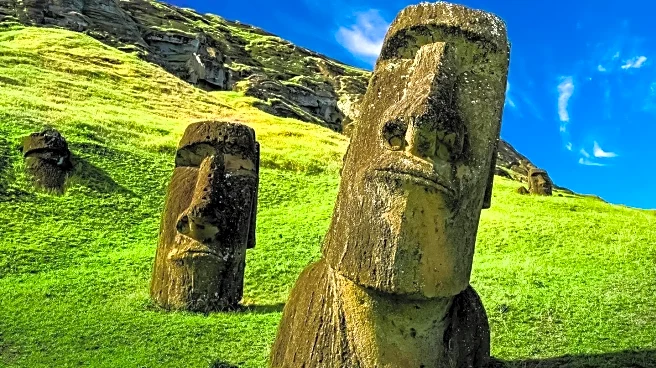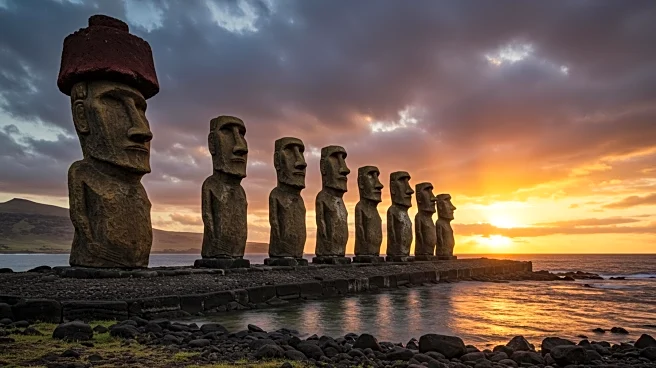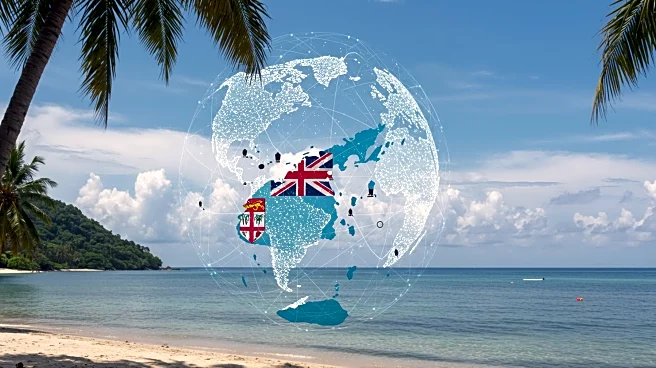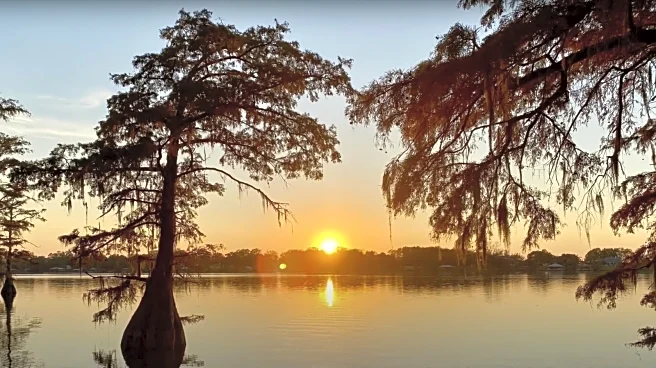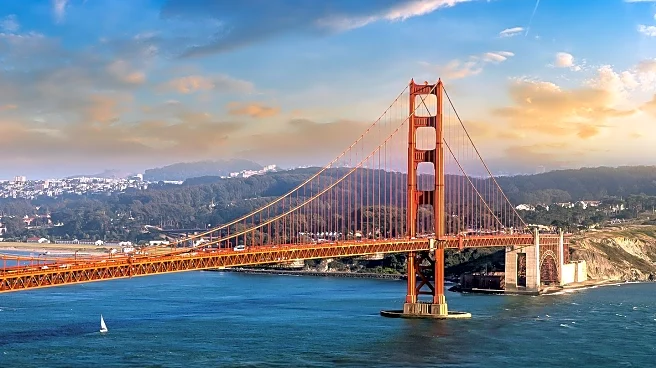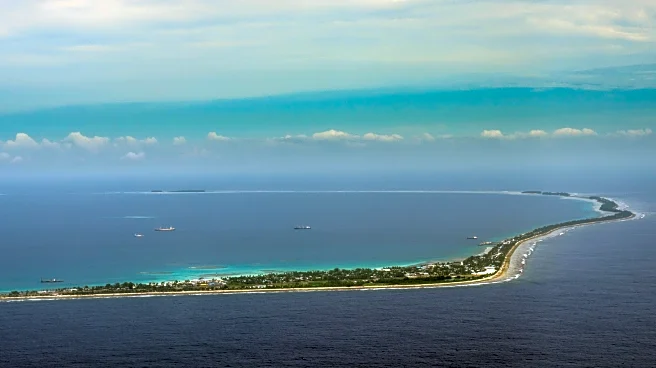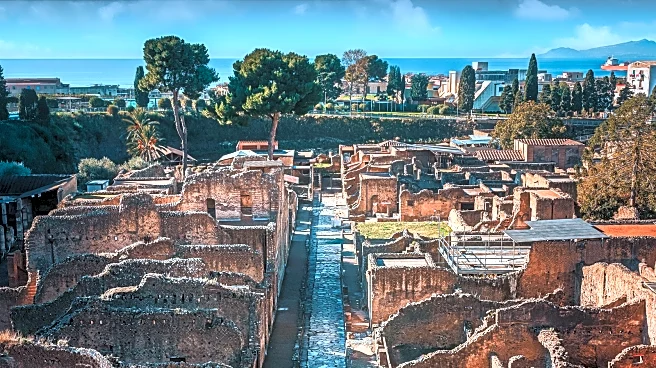What's Happening?
A study published in the Journal of Cultural Heritage warns that rising sea levels and coastal flooding could impact Chile's Rapa Nui National Park, home to the iconic Moai statues, by 2080. Researchers from the University of Hawai'i at Mānoa used computer models to simulate future flooding scenarios, revealing threats to 51 culturally significant artifacts. The Moai statues, created over 500 years ago, are vital to the island's cultural identity and tourism industry. The study emphasizes the urgency of addressing climate change impacts to preserve the site's UNESCO World Heritage status.
Why It's Important?
The potential flooding of Rapa Nui poses a significant threat to cultural heritage and the local economy, which relies heavily on tourism. The study highlights the broader issue of climate change affecting coastal regions worldwide, necessitating proactive measures to protect vulnerable sites. The findings could drive international efforts to mitigate climate impacts and support sustainable tourism practices. Preserving the Moai statues is crucial for maintaining cultural identity and economic stability for the Rapa Nui community.
What's Next?
Researchers and local stakeholders are expected to develop a mitigation plan to safeguard the Moai statues and other cultural assets. The study's findings may prompt discussions on climate adaptation strategies and funding for preservation efforts. The Rapa Nui community faces the challenge of balancing cultural preservation with economic needs, potentially influencing future policy decisions.
